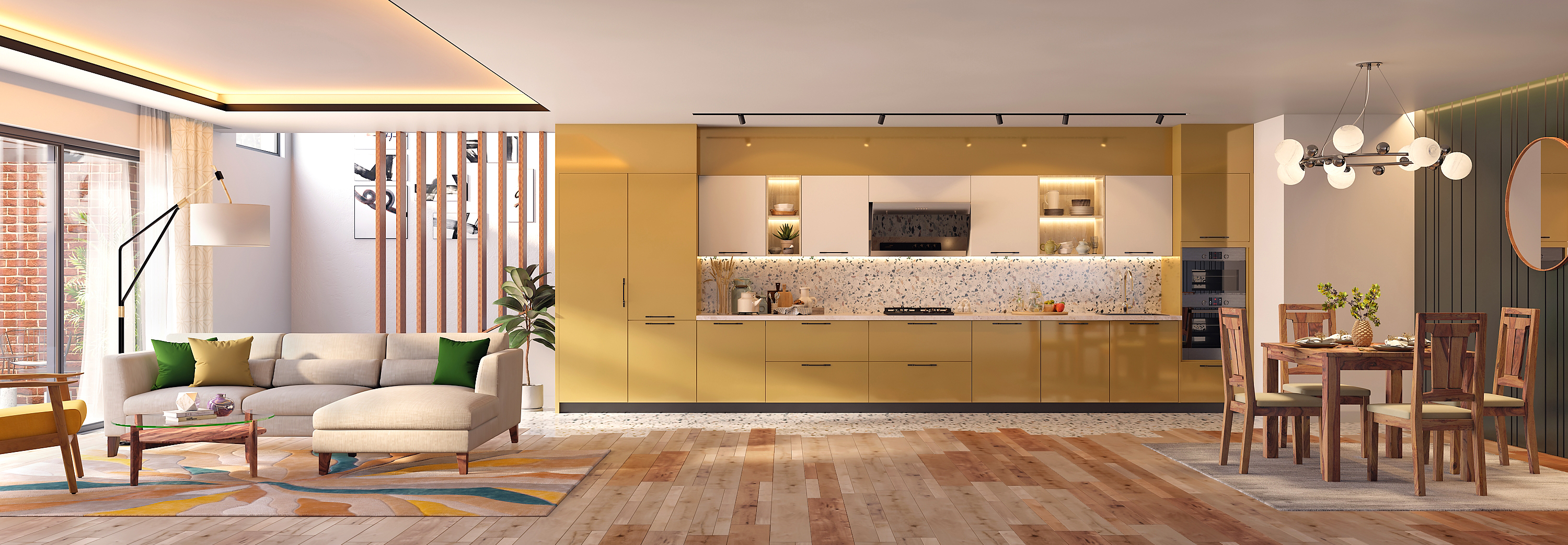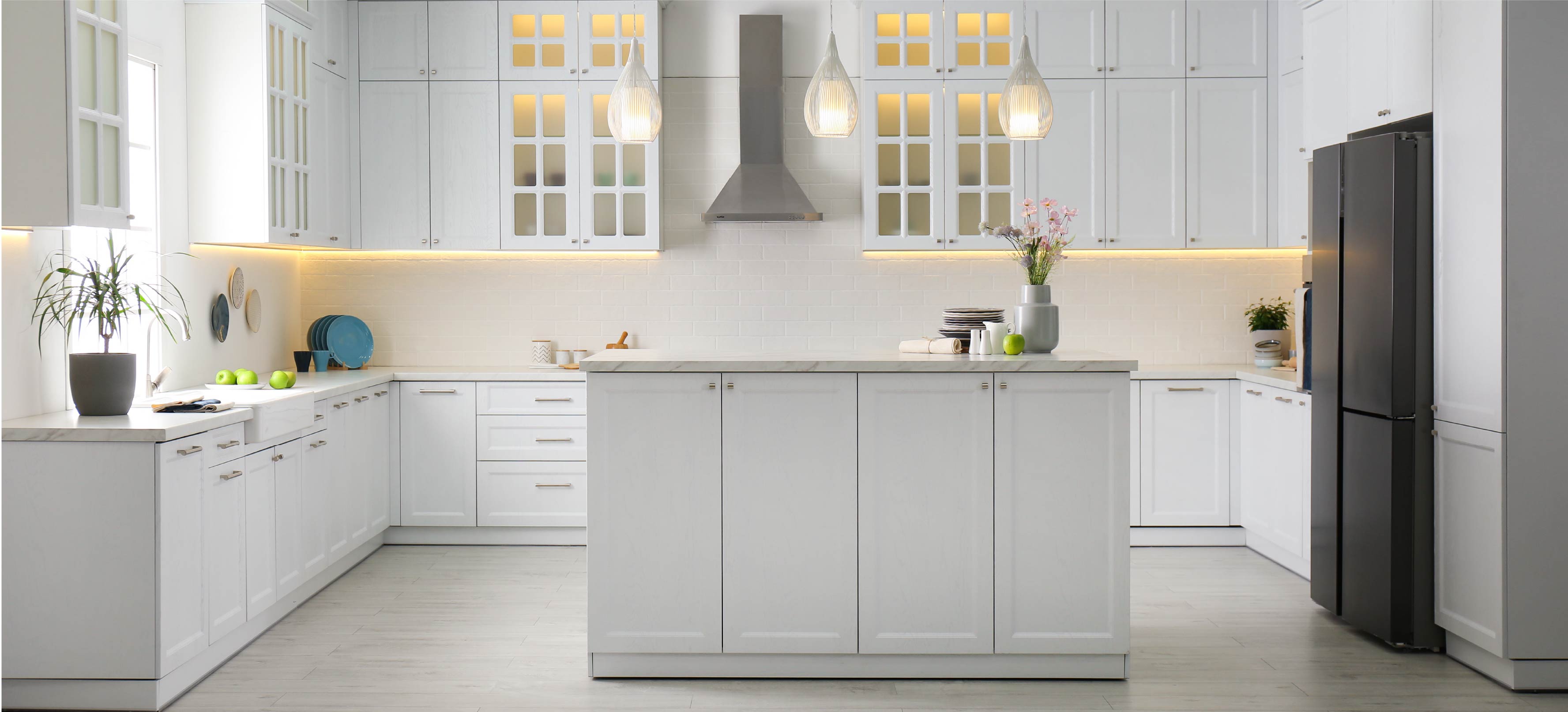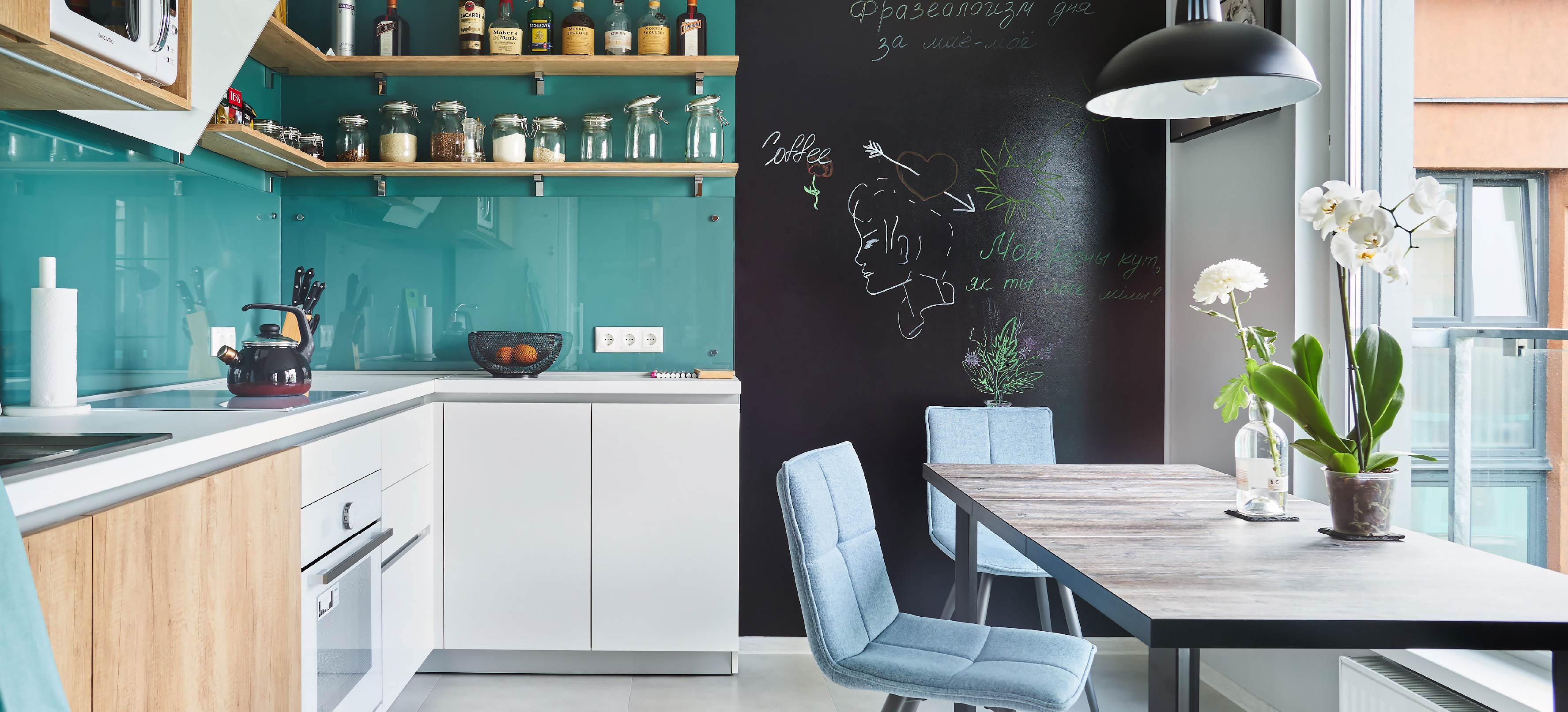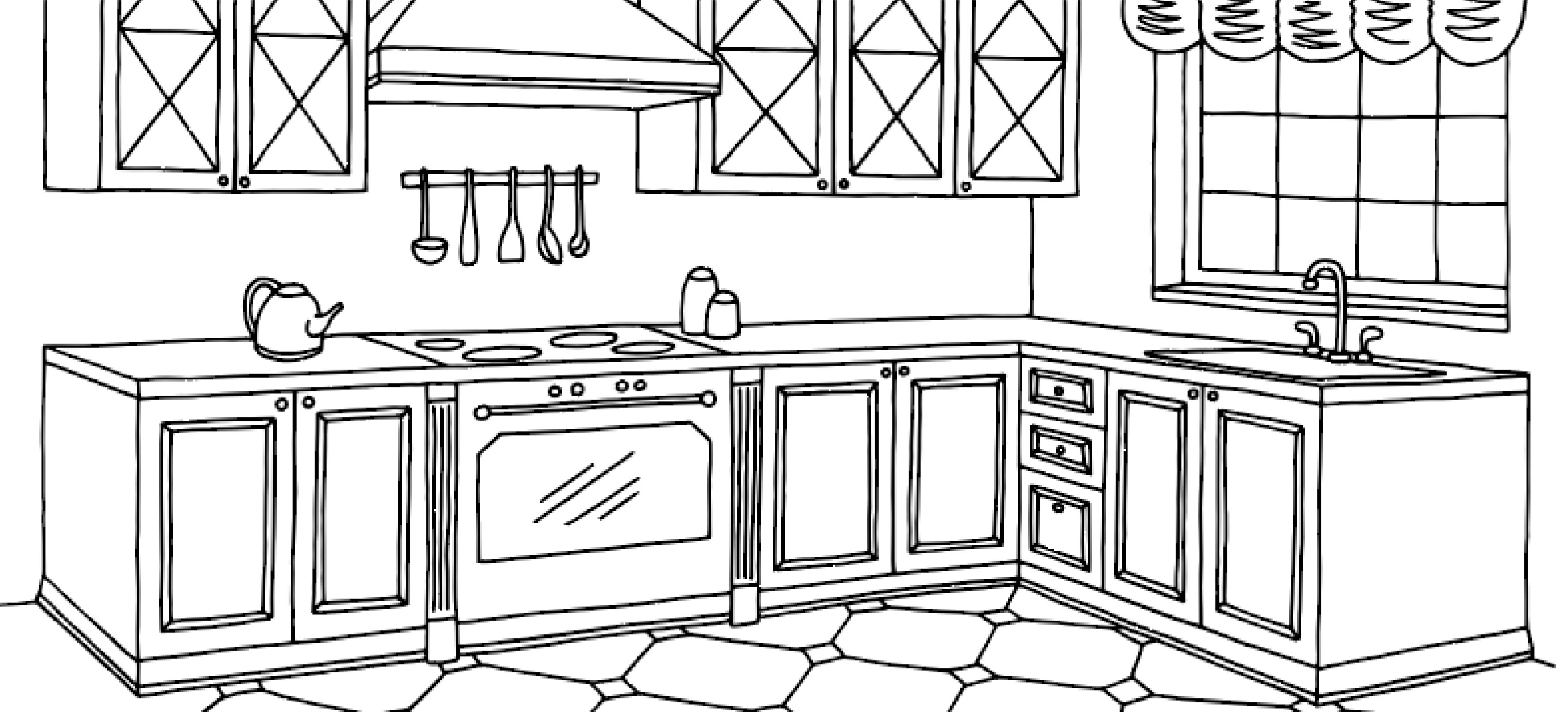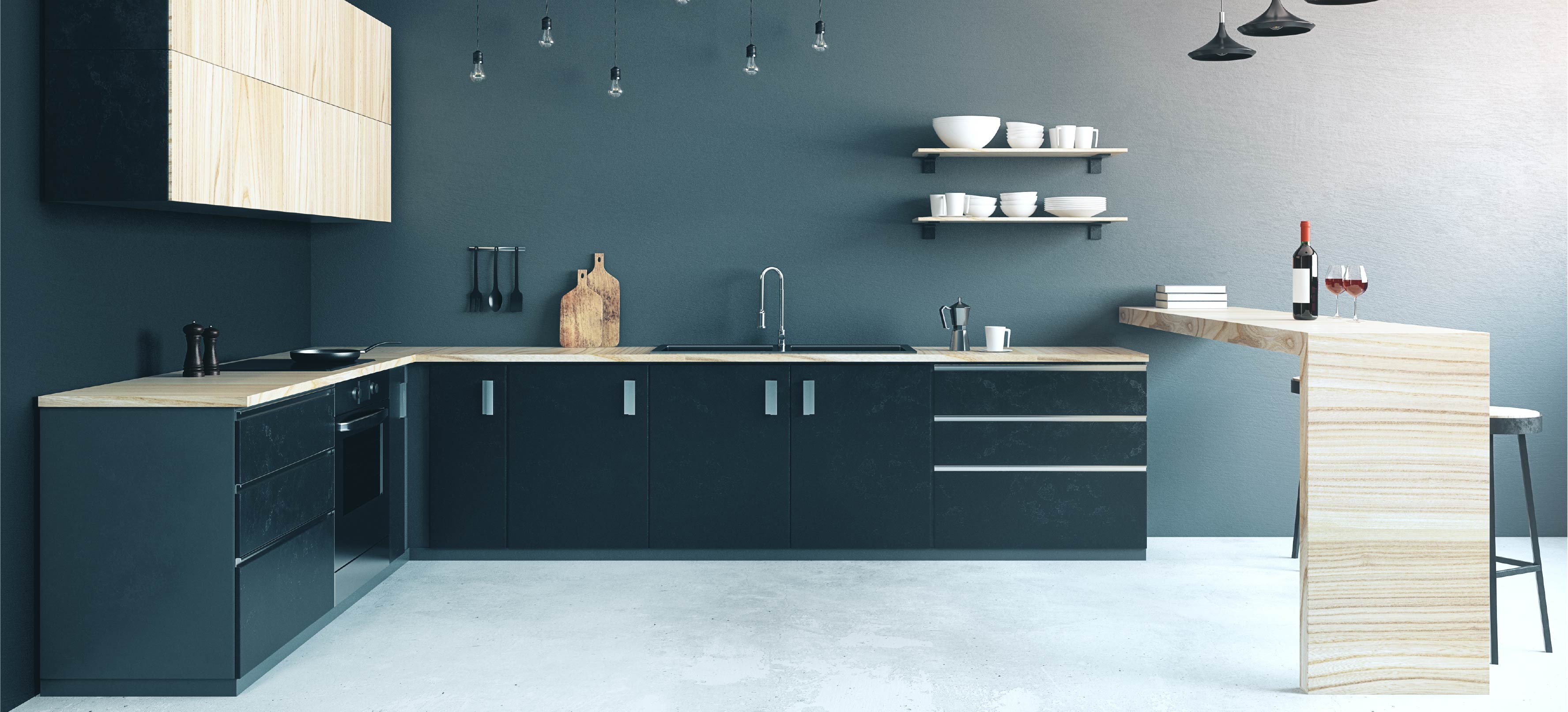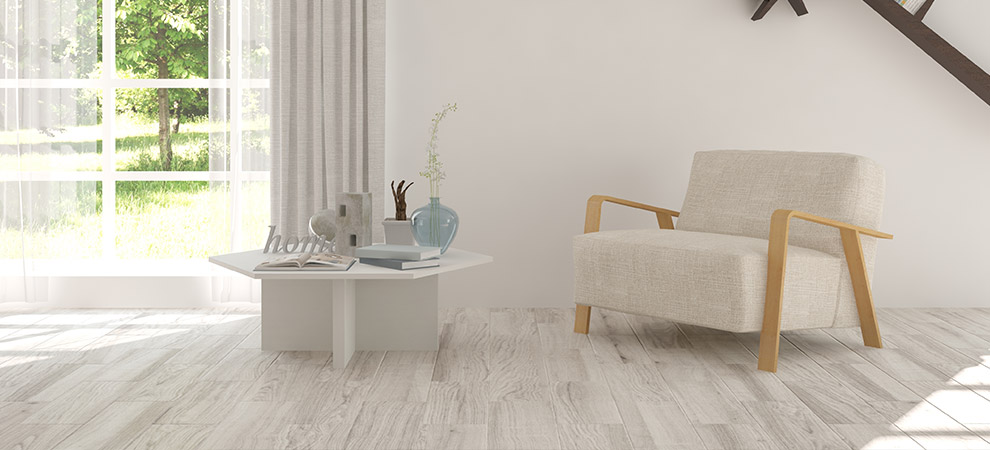
Principles Of Minimalism: Doing More With Less
Minimalism is one of those decor terms that are constantly misunderstood. Contrary to what it sounds like or what a superficial web search will tell you, minimalism does not mean giving up everything you have and heading to the mountains. It means creating a beautiful lifestyle and a living space with just the essentials.
Here are six principles that will guide you in creating a minimal setting at home.
1. Less is more
Before you cry ‘But you just said I don’t have to give up my stuff!’, hear us out. Owning fewer pieces does not mean owning nothing or next to nothing. It means you hold on to only those pieces of furniture or decor that are most important to you. Examine every piece you have and ask yourself what it means to you, what it says about you, what it brings to your everyday life. If you don’t have a powerful answer to at least one of these questions, that piece should not belong in your room.
2. And sometimes, more is less
Just because you have a smaller number of items around the room, the space does not have to look cold or sterile. Identify pieces with a distinctive form or beautiful textures that are glamorous in themselves. Sofas and chairs with button-tufted backs, uniquely shaped lamps, textured wall accents, or lovely chenille upholstery are all great examples.
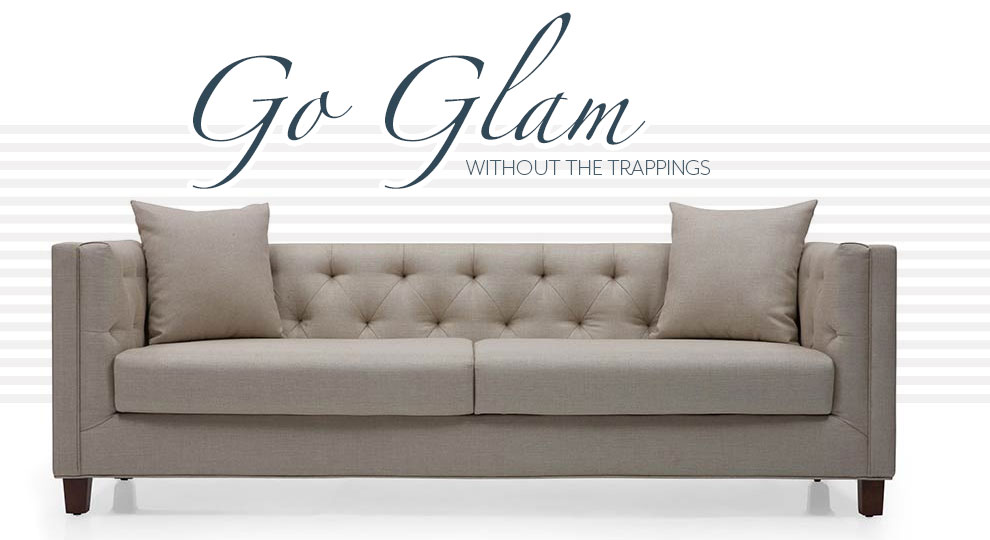
3. Multi-everything is good
Cut down on the number of pieces - but don’t cut back on functionality. Instead, look for versatile furniture that will do more for you. Think sofa beds or divans that offer both seating and sleeping room, TV units that double as display cases or bookshelves, and chests of drawers that also work as console tables.
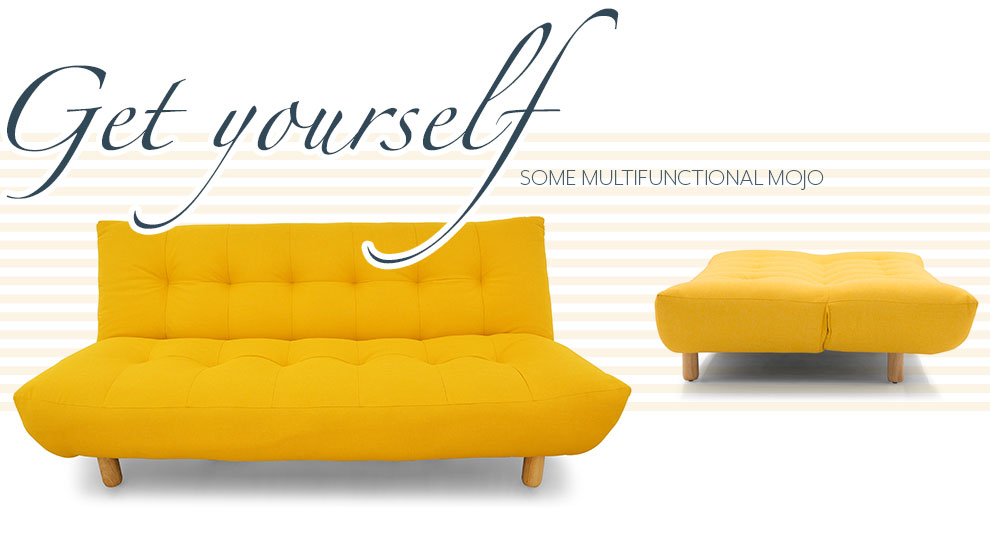
4. One thing big, one thing good
Nothing is uglier than a room full of beautiful things, each competing with the rest. One focal point is all any space needs, and this can be anything - a media wall, a painting, an accent chair, even a grandfather clock. As you do up each room, identify what your focal point will be and plan everything else to hero it.
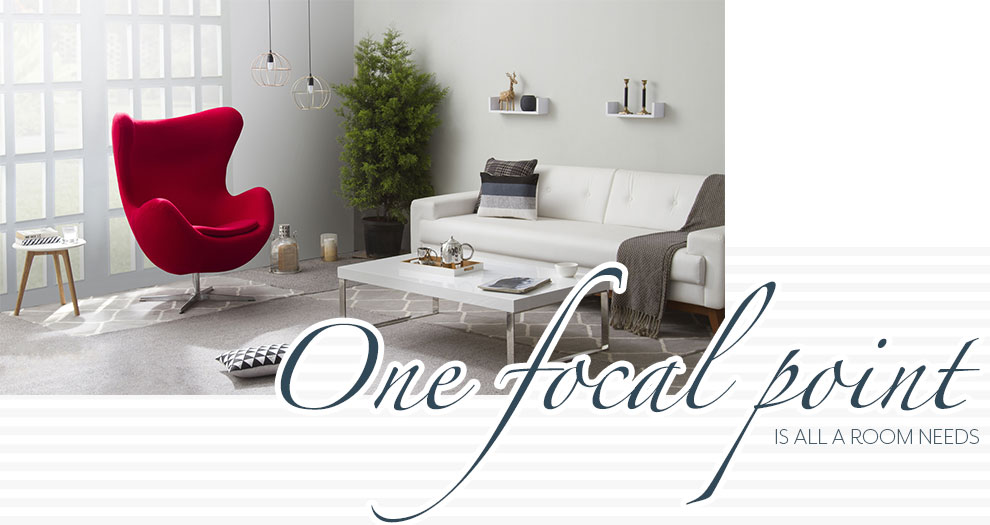
5. Low is the way to go
Use the vertical space in the room to your advantage by investing in low-lying pieces of furniture. This will take the ceiling right up and make your room feel more spacious. Do remember though that elders at home or those with arthritic problems may have trouble using these.
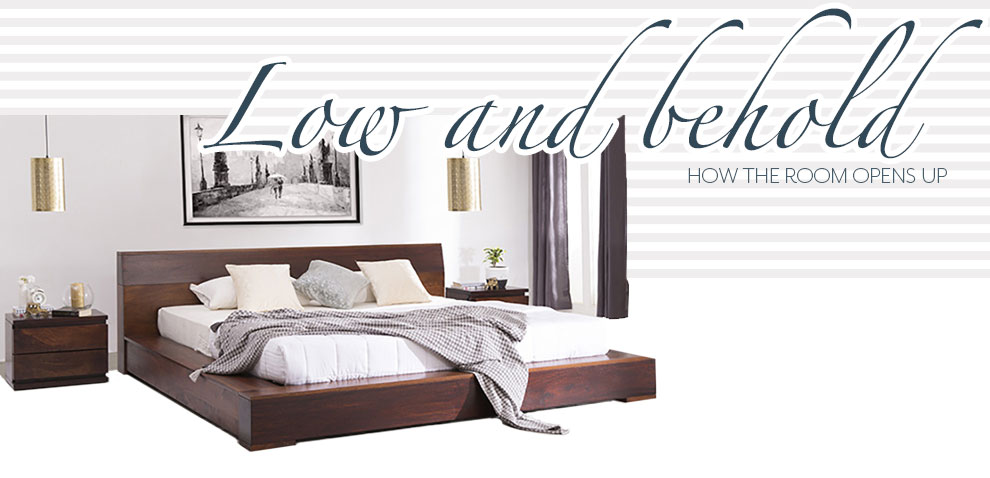
6. Light your way
There’s nothing like the lazy, languorous feel of a well-lit room, especially early in the morning and late in the afternoon. If you have one of those houses blessed with plenty of natural light, make the most of it. Play with curtains and window shades to create shadow patterns on the floor and adjust the brightness in the room with sheer and blackout curtains depending on the time of the day.
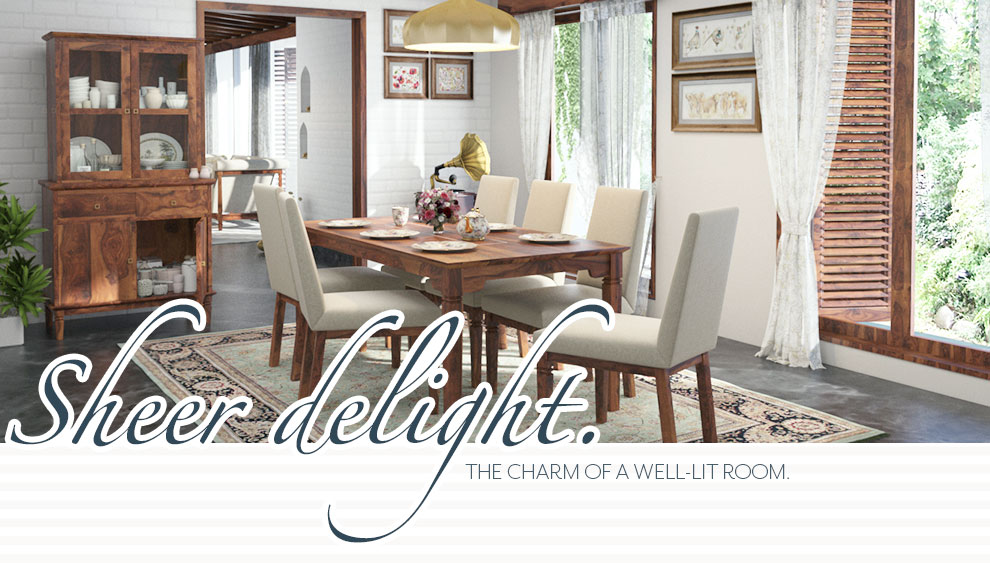
Have a minimalist look at home? We'd love to see it! Do share them on Facebook or Instagram and tag us.
